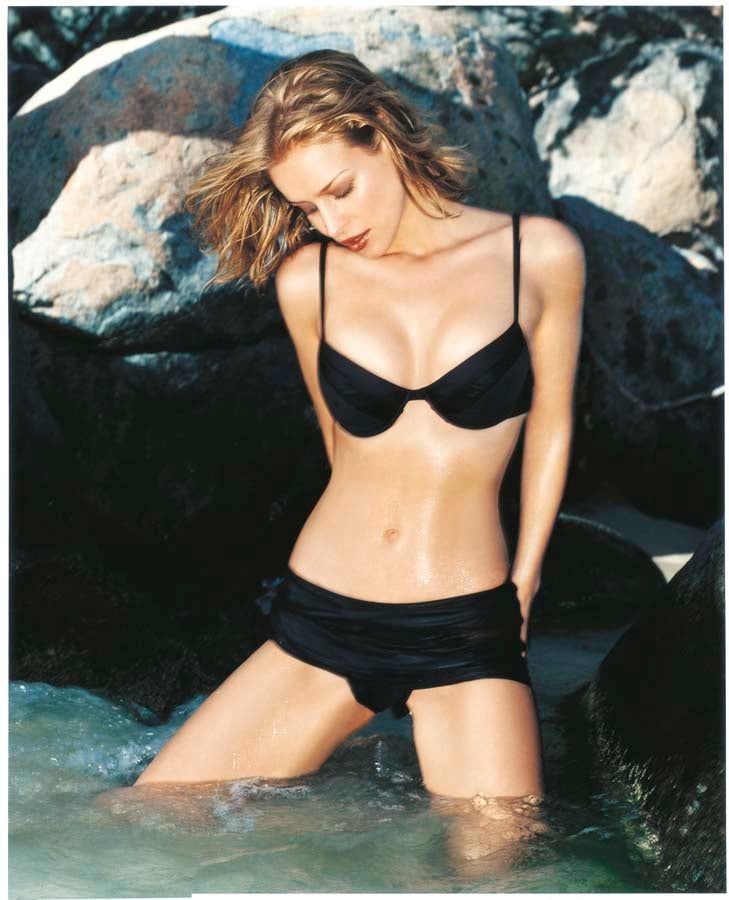Our Areas of Expertise
Patents
Learn more about the patent and how it protects your invention
Trademarks
Learn more about the trademark and how it protects your brand
Copyrights
Learn more about the copyright and how it protects your work
Testimonials
Newsroom
Bruce Munro Suit against Fairchild Gardens Picked-up by Press Worldwide
Following SRIPLAW's filing of the copyright infringement suit on behalf of renowned British light artist Bruce Munro, media worldwide has picked up the story. Here is some of the coverage: British light artist sues Florida-based botanic garden for copying his...
Miami attraction Fairchild Garden caught in legal lights as British artist Bruce Munro files copyright infringement lawsuit
BOCA RATON, Fla. (Jan. 13, 2020) – One of Fairchild Tropical Botanic Garden’s most popular shows has a legal problem: It contains unauthorized knockoffs of copyrighted works by renowned British artist Bruce Munro. The garden has been sued for producing the...
Country-rap star Ryan Upchurch sued for machine-gunning paintings
The social media act of country-rap star Ryan Upchurch is going to the courtroom. Florida artist Jacob LeVeille has sued the musician in federal court for firing hundreds of bullets from an assault-style rifle through a painting of Upchurch and a portrait of Johnny...
Our Locations
Los Angeles
8730 Wilshire Boulevard
Suite 350
Beverly Hills, CA 90211
Los Angeles, CA
8730 Wilshire Blvd., Ste 350, Beverly Hills, CA 90211
Florida
21301 Powerline Road
Suite 100
Boca Raton, FL 33433
Boca Raton, FL
New York
175 Pearl St.
3rd Floor
Brooklyn, NY 11201
New York, NY
ATLANTA
3355 Lenox Road NE
Suite 750
Atlanta, GA 30326
Atlanta, GA
1801 Century Park East, Suite 1100
MEDELLIN
Calle 9 # 43DD – 31, Apto. 801B
Parques de Astorga
Medellin, CO
125 Maiden Lane, Suite 5C
NASHVILLE
818 18th Ave. S.
FL 10
Nashville, TN 37203
Nashville, TN
21301 Powerline Road, Suite 100
Carmel
231 S Rangeline Road, Suite H Carmel, IN 46032
Carmel, IN
231 S Rangeline Road, Suite H
Carmel, IN 46032


